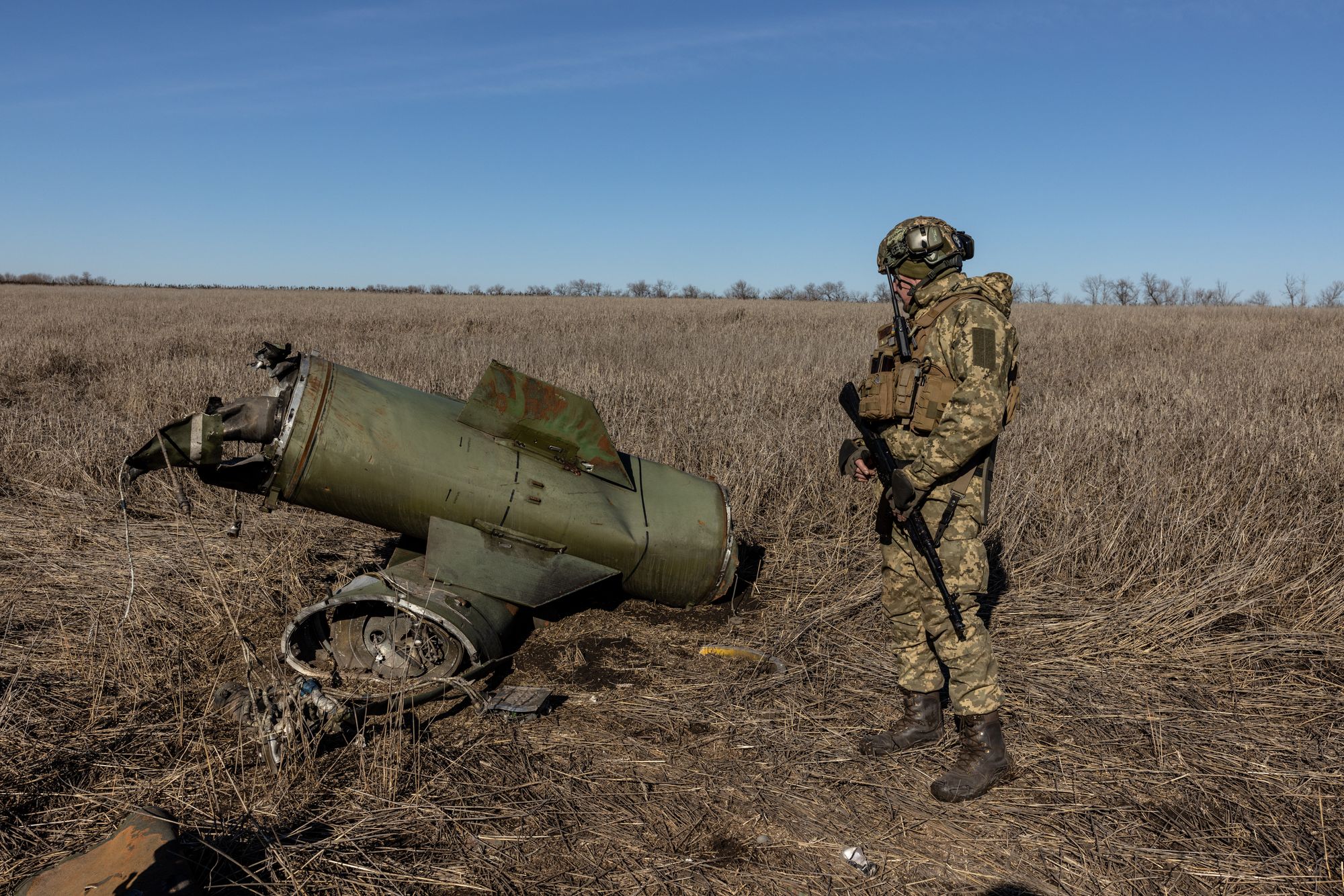IAEA: No mines observed near Zaporizhzhia nuclear plant’s cooling pond

The International Atomic Energy Agency said on June 21 it is aware of the recent reports of mines having been placed near the cooling pond of the Zaporizhzhia Nuclear Power Plant, but no such mines were observed during Director General Rafael Grossi’s visit.
The IAEA said it is aware of the previous placement of mines outside the plant perimeter and at particular places inside. “Our assessment of those particular placements was that while the presence of any explosive device is not in line with safety standards, the main safety functions of the facility would not be significantly affected. We are following the issue with great attention,” Grossi said.
According to Grossi, the nuclear safety and security situation at the Zaporizhzhia Nuclear Power Plant is extremely fragile.
“We will intensify our efforts to help ensure nuclear safety and security, while also providing assistance to the affected region in other ways,” he said.
The Zaporizhzhia plant, which is the largest nuclear plant in Europe, has been occupied by Russia since March 2022. During regular Russian attacks on the country's energy infrastructure, the plant was fully disconnected from the Ukrainian power grid several times.
Russian troops have also used it as a military base from which to launch attacks at Ukrainian-controlled territory across the Dnipro River.
In June this year, the plant's stability was put at risk by the draining of the Kakhovka reservoir, which the plant used as a water source, especially for the ponds that cool the reactors. The situation prompted a monitoring mission by Grossi.
On June 20, Ukraine’s military intelligence warned of a threat of an explosion or an accident at the plant claiming that the Russian forces have additionally mined the plant’s cooling pond.
On June 22, Volodymyr Zelensky said that Russia was considering a terrorist attack at the occupied Zaporizhzhia plant through radiation leakage.














